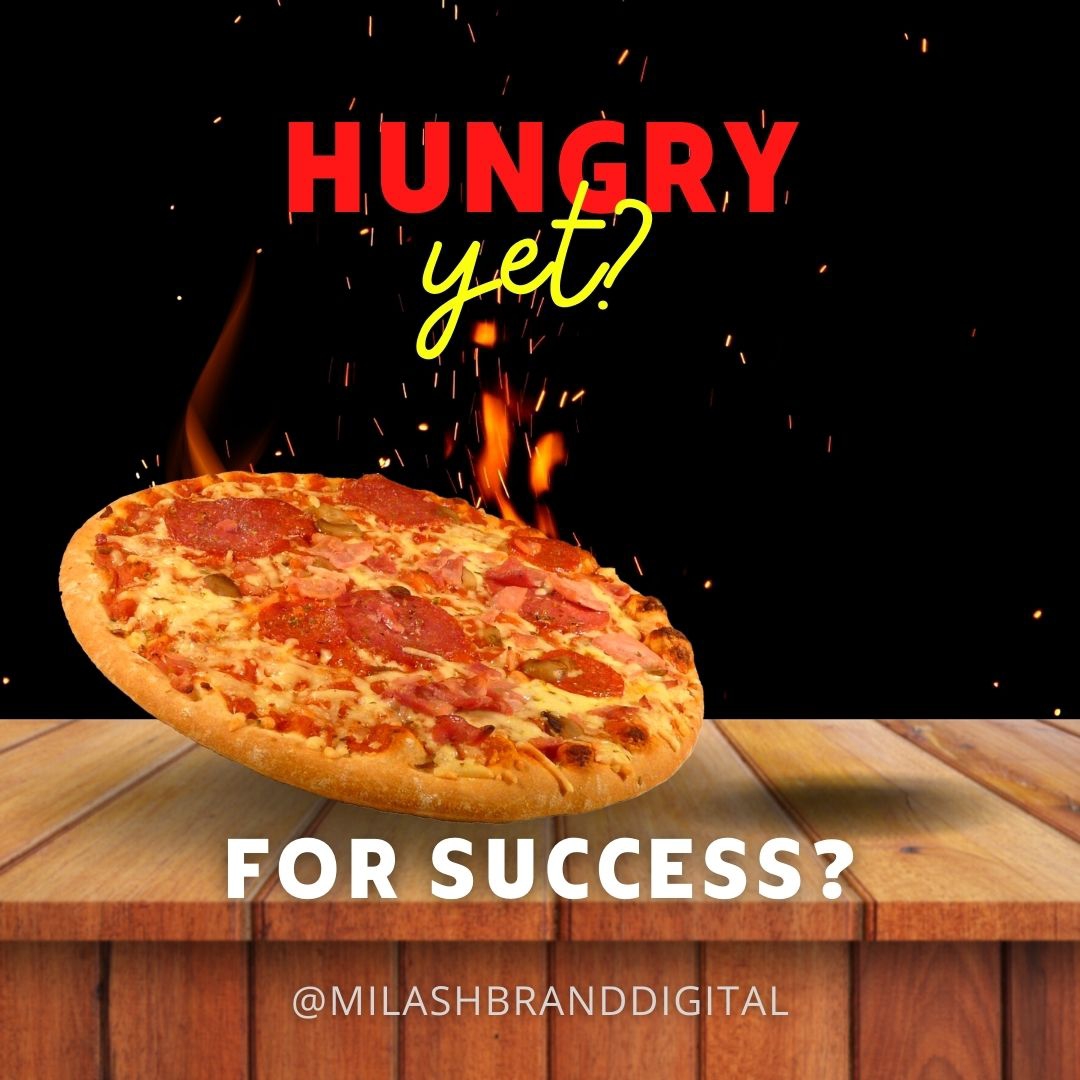Customer service plays a pivotal role in the success of any business. In today's competitive market, providing exceptional customer experiences has become a necessity rather than a luxury. This article explores the key aspects of delivering outstanding customer service and outlines strategies to ensure customer satisfaction and loyalty. From understanding the importance of customer service to developing a customer-centric approach, we delve into assessing and meeting customer expectations, implementing effective communication channels, training and empowering customer service representatives, and measuring customer satisfaction. By examining these crucial elements, businesses can gain insights into enhancing their customer service practices, ultimately driving growth and fostering long-term relationships with their valued customers.
1. Understanding the Importance of Customer Service
1.1 The Impact of Customer Service on Business Success
Customer service isn't just a fancy add-on to your business; it's the secret sauce that can make or break your success. Great customer service can turn a one-time customer into a loyal brand advocate. On the flip side, poor customer service can send your customers running for the hills, straight into the arms of your competitors. So, if you want your business to thrive, it's time to prioritize customer service.
1.2 The Link between Customer Service and Customer Loyalty
Customer loyalty is like the gold at the end of the rainbow (minus the leprechaun). And guess what? Customer service is the bridge that leads you there. When you consistently deliver exceptional service, you create a bond with your customers. They'll keep coming back for more and even bring their friends along. It's like having your own personal cheerleading squad, minus the pom-poms.
1.3 Case Studies: Companies with Exemplary Customer Service
Let's take a moment to applaud some companies that have nailed the customer service game. Take Zappos, for example. They're like the fairy godmother of the shoe world, with a customer-friendly return policy and a legendary customer service team. Then there's Amazon, the kingpin of convenience, who somehow manages to deliver packages faster than the speed of light. These companies have set the bar high, inspiring us all to step up our customer service game.
2. Key Elements of a Customer-Centric Approach
2.1 Putting the Customer at the Center of Business Operations
Imagine a world where every decision you make revolves around your customers. It's not just a pipe dream; it's a customer-centric approach. From product development to marketing strategies, every aspect of your business should be tailored to meet the needs and desires of your customers. It's like having a personal shopper who knows exactly what you want before you do.
2.2 Emphasizing Personalization and Customization
One size doesn't fit all, and your approach to customer service shouldn't be any different. Personalization is the key to making your customers feel special. Remember their names, preferences, and maybe even their favorite movies (if you're feeling extra ambitious). By tailoring your interactions to each customer, you'll create a connection that's as strong as a double espresso on a Monday morning.
2.3 Importance of Empathy and Emotional Intelligence
Empathy is like a superpower in the customer service world. It's the ability to put yourself in your customers' shoes and understand their wants and needs. Show your customers that you care by listening, empathizing, and responding with sincerity. It's the difference between a robotic response and a genuine conversation.
3. Assessing and Meeting Customer Expectations
3.1 Conducting Market Research and Customer Surveys
You don't need a crystal ball to know what your customers want; you just need some good ol' market research. Dive into your customer demographics, preferences, and pain points. Send out surveys to gather their feedback and insights. Armed with this knowledge, you can tailor your customer service to meet and exceed their expectations.
3.2 Understanding and Addressing Different Customer Needs
Customers come in all shapes and sizes, each with their own unique needs. It's important to recognize these differences and adapt your customer service accordingly. Whether it's catering to tech-savvy millennials or providing extra support for elderly customers, understanding and addressing diverse customer needs will set you apart from the crowd.
3.3 Setting Realistic Customer Expectations
We all want to be superheroes, but sometimes we have to face reality. Setting realistic expectations with your customers is crucial for maintaining their trust and satisfaction. Be upfront about product delivery times, potential limitations, and any other relevant information. Transparency is key, so don't promise the moon if you can't deliver the stars.
4. Developing a Customer Service Strategy
4.1 Defining Clear Goals and Objectives
A customer service strategy without goals is like a road trip without a destination. Define clear objectives that align with your overall business goals. Whether it's reducing response times, increasing customer satisfaction ratings, or improving first-call resolution rates, setting specific targets will keep you on track and motivate your team.
4.2 Identifying Target Customer Segments
You can't be everything to everyone, so why not focus on the customers who matter most? Identify your target customer segments and tailor your customer service strategy to meet their specific needs. By understanding their pain points and preferences, you can provide a personalized experience that feels as cozy as a warm hug.
4.3 Crafting a Comprehensive Customer Service Plan
A well-crafted customer service plan is like a Swiss army knife - it's versatile, efficient, and ready to tackle any challenge. Outline your customer service processes and protocols, establish communication channels, and provide training for your team members. A comprehensive plan will ensure consistency and excellence in all customer interactions. Don't forget to throw in a dash of flexibility because, let's face it, life can be unpredictable.Building a Culture of Continuous Improvement
8. Going Above and Beyond: Creating Memorable Customer Experiences
8.1 Personalization: Treating Customers as Individuals
8.2 Surprise and Delight: Adding a Bit of Magic
8.3 Anticipating Customer Needs and Proactively Solving Problems
--------------------------------------------------------------
5. Implementing Effective Communication Channels
5.1 Choosing the Right Communication Channels
When it comes to serving your customers, effective communication is key. But with so many different channels available, how do you know which ones to choose? It's like being at a buffet table with endless options – you don't want to overload your plate, but you still want to have a taste of everything.
Start by understanding your customers' preferences and where they are most likely to reach out to you. Are they more inclined to send an email, reach out on social media, or pick up the phone? By focusing on the channels that your customers prefer, you can ensure that you're meeting them where they are and providing a seamless experience.
5.2 Providing Seamless Multi-Channel Support
Gone are the days when customers only interacted with businesses through one channel. Nowadays, they expect businesses to offer support across multiple channels – email, chat, phone, social media – you name it. It's like having a customer service hotline in every room of your house.
To meet these expectations, it's important to provide seamless multi-channel support. This means integrating your systems and processes so that customer inquiries and issues can be smoothly transferred between different channels. Customers should feel like they're having a continuous conversation with you, regardless of the channel they're using.
5.3 Leveraging Technology for Efficient Communication
Technology has revolutionized the way we communicate, and businesses can leverage it to enhance their customer service. From chatbots that provide instant responses to automated email platforms that send personalized messages, there are countless tools and technologies available to streamline communication.
By embracing technology, businesses can improve efficiency, reduce response times, and ultimately provide a better customer experience. Just remember, technology should enhance human interaction, not replace it. It's like having a trusty sidekick – they can do some of the heavy lifting, but they can't replace your superhero presence.
--------------------------------------------------------------
6. Training and Empowering Customer Service Representatives
6.1 Hiring and Selecting the Right Customer Service Staff
When it comes to serving customers, having the right team members is crucial. Think of your customer service representatives as the face of your business – they're the ones who interact directly with customers and can make or break their experience.
When hiring customer service staff, look for individuals who are not only skilled in problem-solving and communication but also have a genuine passion for serving others. Personality and attitude count just as much as technical skills. After all, it's easier to teach someone how to use a computer system than to teach them how to genuinely care about your customers.
6.2 Comprehensive Training Programs for Service Excellence
Once you've assembled your dream team, it's important to ensure they have the necessary tools and knowledge to excel in their role. Implementing comprehensive training programs will equip your customer service representatives with the skills they need to handle various scenarios and provide exceptional service.
Training should go beyond product knowledge and cover topics like active listening, empathy, and effective problem-solving. Role-playing exercises can also be a valuable tool for practicing real-life customer interactions. Remember, a well-trained team is like a well-oiled machine – they can handle any challenge that comes their way.
6.3 Empowering Employees to Resolve Customer Issues
Empowerment is the secret sauce when it comes to customer service. A great customer service representative is not just a robotic responder; they have the authority and autonomy to make decisions that benefit the customer. It's like giving them a cape and letting them save the day.
By empowering employees to resolve customer issues, you show your trust in their abilities and enable them to take ownership of their work. This not only leads to faster problem resolution but also creates a sense of pride and satisfaction among your team members. After all, who doesn't want to feel like a superhero?
--------------------------------------------------------------
7. Measuring Customer Satisfaction and Feedback
7.1 Key Metrics and Methods for Measuring Satisfaction
In the world of customer service, measuring satisfaction is like putting your finger on the pulse of your business. It allows you to gauge how well you're meeting your customers' needs and identify areas for improvement. But how do you measure something as intangible as satisfaction?
Start by defining key metrics that align with your business goals. This could include metrics like Net Promoter Score (NPS), customer retention rate, or customer effort score. Additionally, don't underestimate the power of direct feedback – surveys, reviews, and customer testimonials can provide valuable insights into what your customers truly think.
7.2 Analyzing and Acting upon Customer Feedback
Collecting feedback is only the first step; the real magic happens when you analyze and act upon that feedback. Look for patterns and trends that can help you identify areas where you're excelling and areas where you need to improve. It's like finding hidden treasures in a feedback treasure chest.
When addressing areas for improvement, involve your team members in the process. They're on the front lines and can provide valuable insights and ideas. Remember, acting upon feedback shows your customers that you're listening and committed to their satisfaction. It's like adding a cherry on top of your customer service sundae.
7.3 Building a Culture of Continuous Improvement
Customer satisfaction is not a one-time goal; it's an ongoing journey. Building a culture of continuous improvement is like having a compass that guides your business toward excellence. Encourage your team to constantly seek out ways to enhance the customer experience and celebrate their efforts and achievements along the way.
By fostering a culture of continuous improvement, you create an environment where innovation and growth thrive. It shows your customers that you're committed to their satisfaction and willing to go the extra mile. After all, the road to customer service greatness is never-ending, but the journey is always worth it.
--------------------------------------------------------------
8. Going Above and Beyond: Creating Memorable Customer Experiences
8.1 Personalization: Treating Customers as Individuals
In a world of cookie-cutter experiences, personalization is like a breath of fresh air. Customers want to feel seen and valued, not just like another face in the crowd. By treating each customer as an individual and tailoring your service to their specific needs and preferences, you can create truly memorable experiences.
Personalization can take many forms – from addressing customers by their name to recommending products based on their past purchases. The key is to show that you understand and appreciate them as individuals. It's like putting that extra sprinkle on top of their customer experience cupcake.
8.2 Surprise andIn conclusion, prioritizing customer service is essential for businesses aiming to thrive in today's competitive landscape. By understanding the importance of customer-centric approaches, meeting customer expectations, developing effective communication channels, and empowering service representatives, companies can create memorable experiences and build strong customer relationships. Regularly measuring customer satisfaction and feedback allows for continuous improvement and innovation in customer service strategies. By consistently serving customers with excellence, businesses can differentiate themselves, foster customer loyalty, and ultimately achieve long-term success.
Frequently Asked Questions (FAQ)
1. Why is customer service important for my business?
Exceptional customer service is crucial for business success as it directly impacts customer satisfaction and loyalty. By providing excellent service, you can differentiate your business from competitors, build strong relationships with customers, and benefit from positive word-of-mouth recommendations.
2. How can I assess and meet customer expectations effectively?
Assessing and meeting customer expectations requires conducting market research, customer surveys, and analyzing customer feedback. Understanding your target audience's needs and preferences will enable you to align your products, services, and customer service practices accordingly, ensuring that you meet and exceed their expectations.
3. What role does communication play in customer service?
Effective communication is vital in customer service as it establishes a clear line of communication between businesses and customers. Choosing the right communication channels, providing timely and accurate information, and offering seamless multi-channel support are key factors in ensuring effective communication and enhancing the overall customer experience.
4. How can I measure customer satisfaction and act upon feedback?
Measuring customer satisfaction can be done through various methods, such as customer surveys, Net Promoter Score (NPS), or customer feedback forms. Analyzing this data allows you to identify areas for improvement and make informed decisions to enhance your customer service practices. Acting upon customer feedback promptly and implementing necessary changes demonstrates your commitment to improving customer satisfaction.










